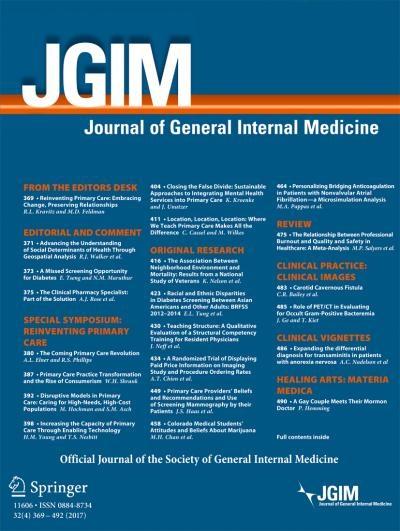While high-cost patients include diverse subgroups with varying clinical and social needs, efforts to improve the efficiency of care and target interventions have been limited by the lack of knowledge on what spending may be preventable. Using data on over 500,000 Medicare fee-for-service and dual-eligible beneficiaries, this study found that over 10 percent of all spending was potentially preventable. High-cost patients comprised over 71 percent of all preventable spending and were three times more likely to have preventable utilization compared to non-high cost patients. Additionally, the high-cost group averaged over $11,000 in preventable spending, which was about 20 times higher than non-high cost patients.
Patients identified as having a serious illness, frailty, and/or a serious mental illness made up the highest proportion of preventable spending. Notably, many high-cost individuals were categorized in multiple subgroups, suggesting high levels of medical, behavioral, and social complexity. These findings may support health systems and payers looking to reduce preventable spending by targeting interventions to more effectively meet the needs of these high-cost, high-need subgroups.




